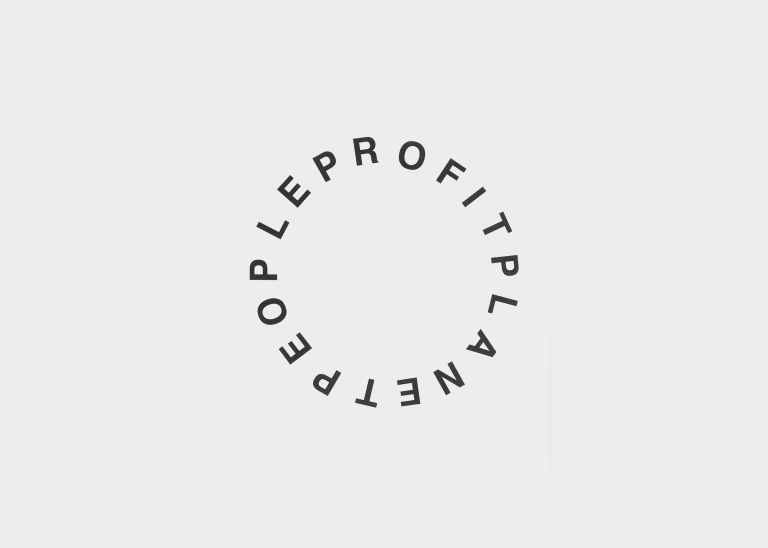Diedrich Diederichsen on
Planet People Profit by Peter Fischli
Peter Fischli’s new project “Planet People Profit” develops a sort of Mnemosyne Atlas of an underrecognized visual culture, even if its focus is not on symbols and gestures towards images but on texts/titles and their adornments. Various ordering schemata and subcategories overlap within the publications it presents – for one thing, they all deal with making money and optimizing income, while many also fall under the category of self-help or how-to books. Some, however, come from serious publishers and can be described – if only with some caution – as academic. Most are available as physical books, though some are only available as e-books and so are simply presented as if physical copies existed. Some were photographed in the shelves of dedicated bookshops in London’s business airport – its so-called “City Airport” – while others were found online. Some are obscure, some are highly successful, some are summaries of longer and more successful books.
What they all have in common is that they aim to help their readers earn money. The sense of guilt they feel about this varies; some have no scruples or are even ostentatiously scruple-less (David W. Leppanen, “The Art of Business Warfare: Outmaneuvering Your Competition with Military Tactics”). Nearly all of them attempt to give the impression of specialist knowledge: some actually do use technical terms that have been introduced to a particular field of discourse, others only pretend to, while others come up with concepts of their own. Where attempts are made to ease a guilty conscience, refuge is sought in categories – likely imported from elsewhere – that allude to ideas of morality (Ravee Mehta, “The Emotionally Intelligent Investor: How Self-Awareness, Intuition and Empathy Drive Performance”) or living a good life (“The Positive Power of Negative Thinking,” Julie K. Horem, PhD). And yet even the scruple-less – some of which hide behind technical categories – require external legitimation (Tom Goodwin, “Digital Darwinism: Survival of the Fittest in the Age of Business Disruption), including those that are recognizably or explicitly malign (Theodora Lau/Bradley Leimer, “Beyond Good”).
In each case, it is from beyond the books’ actual subject matter that borders (always permeable) are drawn and frameworks (their function similar to that of the supplement in the work of Derrida) are set, through illustrations, typography, themes, and terminology. Their illustrations include the head of a Greek philosopher, a silhouette of a city skyline, a group of people. And it is these motifs – which, at best, have an associative connection to a book’s title – that take center stage and assume the representative role. And of course, nothing here is pure – except, one might say, a false consciousness that is always dependent on support from outside.
Alongside Aby Warburg, who serves as a model for the distinctly ordered but overlapping and self-questioning criteria according to which the books are classified and sorted, the rapper Master P might be named as a progenitor of their overarching design principles. While largely ignored by the cultural centers of the USA and the world, he nonetheless built an extremely successful career (measured in record sales) between the mid ’90s and late 2000s in the large and medium-sized cities of the South. He also took a similarly unrestrained and unguided approach to the graphics programs of that era, developing his own highly distinctive yet generic form of photomontage: an ultra-eclectic menu-card of baroque elements and effects, with an abundance of electronic shadows, digital aureoles, and rudimentary, sub-psychedelic versions of fish-eye filters and other photo effects. For many of the books at hand, it is their choice of imagery alone that distinguishes them from Master P’s designs, with sex and violence replaced by gardens, crop fields, and various other arboreal motifs. Another common feature is the use of digital masonry graphics, and 3D simulations of gravestones in particular – for further reference, see jazzybella311’s lovingly compiled list “worst album covers EVER” on Discogs. But beyond trees being pruned into dollar signs and tender seedlings sprouting from small stacks of coins piled carefully on the earth, it is the familiar popular iconography of galaxies in formation, cataclysms, and abstract metaphors that are most popular. Lines in every pattern, including stylized meanders; grids and webs, naturally (of abstract dots, or what could be stars on an astronomical map); connections, diagrams, and geometric tricks; dots and puzzle pieces; circles and lines with arrow vectors; waves – all of this stands for the intelligence that is so highly prized within these books. Meanwhile, fingerprints, chalk lines, brush marks, and other indexacalia all serve as symbols of another of neoliberalism’s fetishized concepts: the similarly aspirational notion of authenticity.

Were all of these books to be combined, the result would be a manifesto for an extremely efficient form of economic activity, one that is simultaneously both ecologically conscious and radically egoistic, emotionally intelligent and utterly ruthless. Within it, complex systems are used to accurately predict behaviors, both human and otherwise – while in the background, a sort of apocalyptic but nonetheless radiant sun rises over a world where chaos reigns.
The project has the strange allure of every halfway-organized library; of every taxonomy that seems to somehow remain consistent while simultaneously dissolving itself through the application of its own criteria. This has the advantage of revealing a world that, although both understandable and readable, is entirely alien to us. While such taxonomies are often described as a reflexive form of cultural anthropology, that label does not apply here – this is not the culture of the gallery-going public, trained in the humanities and the arts. But is it perhaps the secret life of those who rule (over us)? Does anyone actually know someone who reads these books? And if so, what does it look like inside their head? Is false consciousness a cheerfully colorful playground of pimped-up but ultimately empty claims – entirely harmless; endearing, even? Or is it actually a grave threat to us all?
